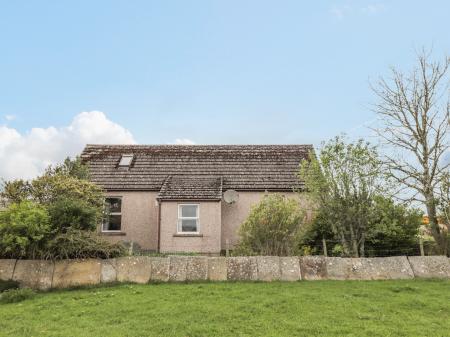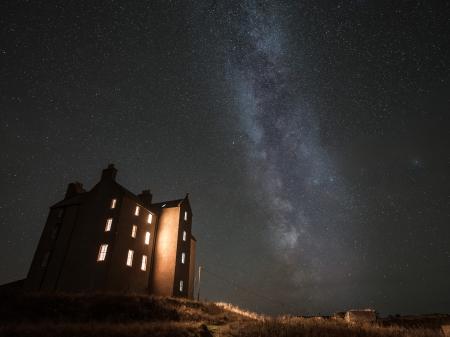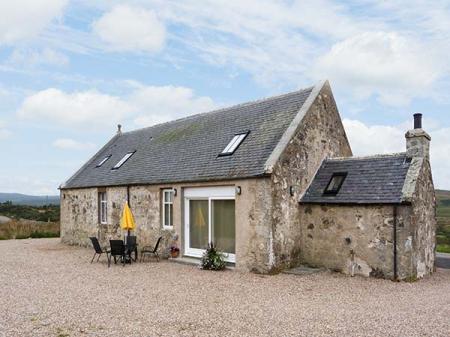
History
Thurso has a history of settlement dating back at least 5000 years. It really came to prominence during the period of Norse rule, and during the early medieval period it was a major trading port, with ships trading between Thurso and all of northern Europe.
Thurso's importance as a trading port is underlined by the fact that in 1330 King David II made the Thurso unit of weight the official measure for all of Scotland.
Much of the town we see today is a result of planned development in the 19th century. A real boost to the town's economy came with the opening of the Dounby nuclear power station in 1955. So many workers came to Caithness to help build the power station that the population of Thurso trebled in the space of a few years. Though decommissioned, the nuclear site continues to be a major employer today.
Fishing still plays a major role n the local economy, with most boats using Scrabster harbour, just west of the town.
What to See
Thurso Castle
The first castle at Thurso was built during the period of Norse rule but was destroyed in the 12th century. The Sinclair family built a new fortress on the same site in the 17th century. The castle was extended by the Earl of Caithness in 1640, then rebuilt in 1872 by Sir John Sinclair in the romantic Victorian Gothic style. The castle is in private hands, but you can easily view the Castle Lodge, a turreted gatehouse on the A9, at the eastern edge of Thurso.
North Coast Visitor Centre
A museum, as well as a tourist information centre, occupies part of the old Victorian town hall in the centre of Thurso. There are 2 main galleries, covering the history of Caithness, with special exhibits of Pictish carved stones, the Dounreay nuclear site, and the life of scientist Robert Dick, a 19th-century geologist and botanist.
The Pictish carved stone display is particularly impressive, with the finest stone probably being the 8th-century Ulbster Stone, carved on both sides with a mix of Pictish and Christian symbols. The museum is under new management (2021) and the displays may change.
St Peter's Kirk (Old St Peter's Church)
On Wilson Lane stand the ruins of a 12th-century church of rubble stone, which at one time served as the mother church for all of Caithness and was administered directly by the powerful Bishops of Caithness.
The church remained in use until 1832, when St Andrew and St Peter's church was built to replace it. During the 18th century part of the kirk was used by the sheriff and magistrates as a courthouse and dungeon. Parts of the medieval structure remain intact, including a very fine traceried window. The kirkyard is full of historic monuments and grave slabs.
About 6 miles west of Thurso, on the coastal road, is the ruined church of St Mary, Crosskirk. Set in a striking position atop the cliffs, St Marys dates to the 12th century and is the oldest ecclesiastical remain in mainland Scotland. Near the church is a holy well, and the find of a 9th-century grave slab at nearby Reay suggests that Crosskirk may have much earlier origins than usually thought.
East from Thurso is Mary Ann's Cottage in Dunnet village, a traditional Caithness cottage preserved as a living example of the traditional Highland way of life. Further east still is the most popular visitor attraction in Caithness; the Castle of Mey, once the home of Queen Elizabeth, the Queen Mother. The 'Queen Mum' purchased Castle of Mey in 1952, restored it, and used it as a place to escape from the rigours of public life.











